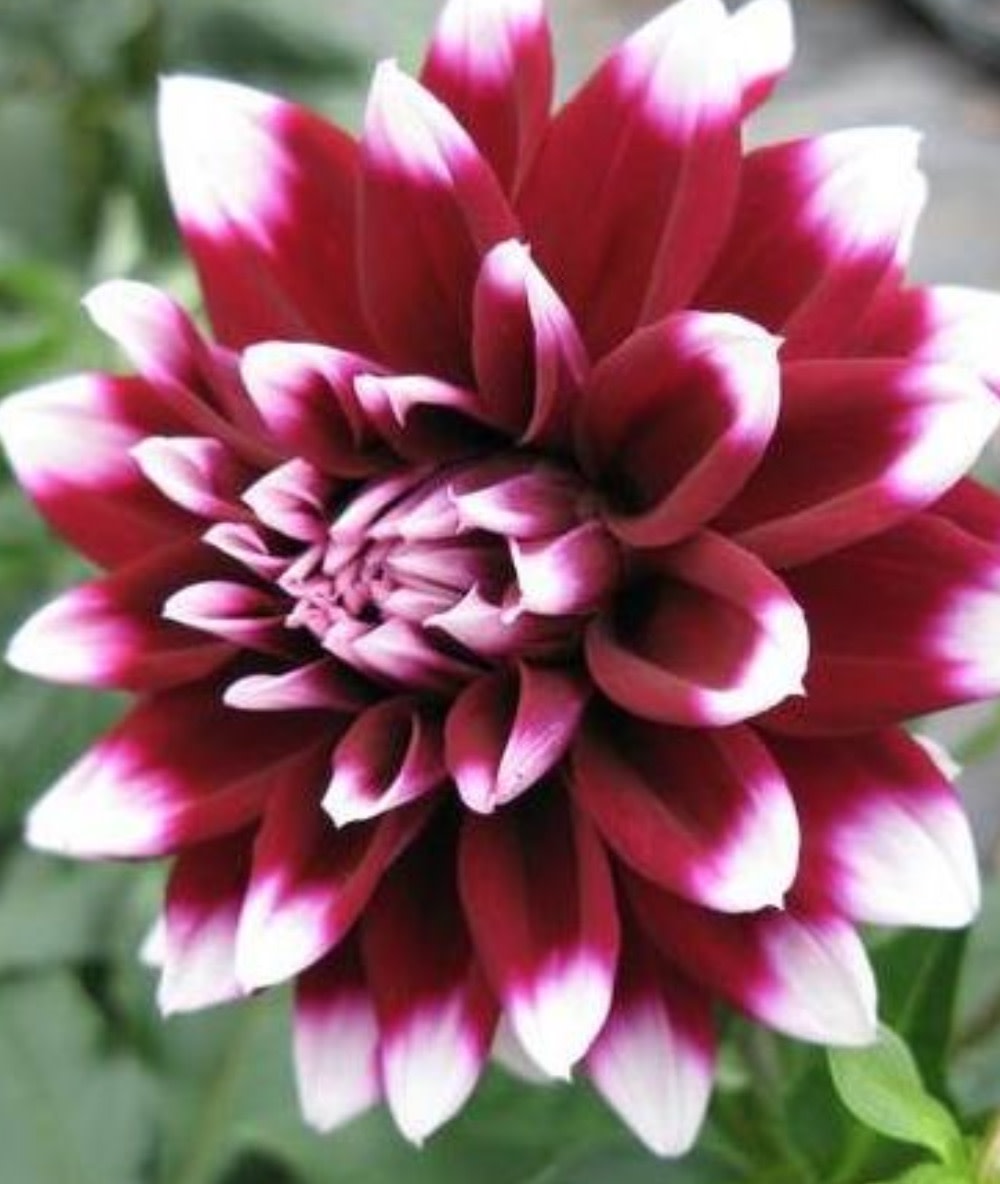Native to hot parts of the Americas and first developed as a food crop, ornamental dahlias are descended from years of breeding and crossing D. pinnata and D. juarezi.
To overwinter, dig tubers after the first frost, dry them off and store them in a well-ventilated cool (35– 45°) dark dry place. In spring after danger of frost, plant 3–4" deep, 12–24" apart. Set the tubers flat with eyes facing up.
Grows best with 3–4 hours of direct sun per day, but will tolerate conditions from full sun to light shade.
Click here for a complete list of qualifying items.






